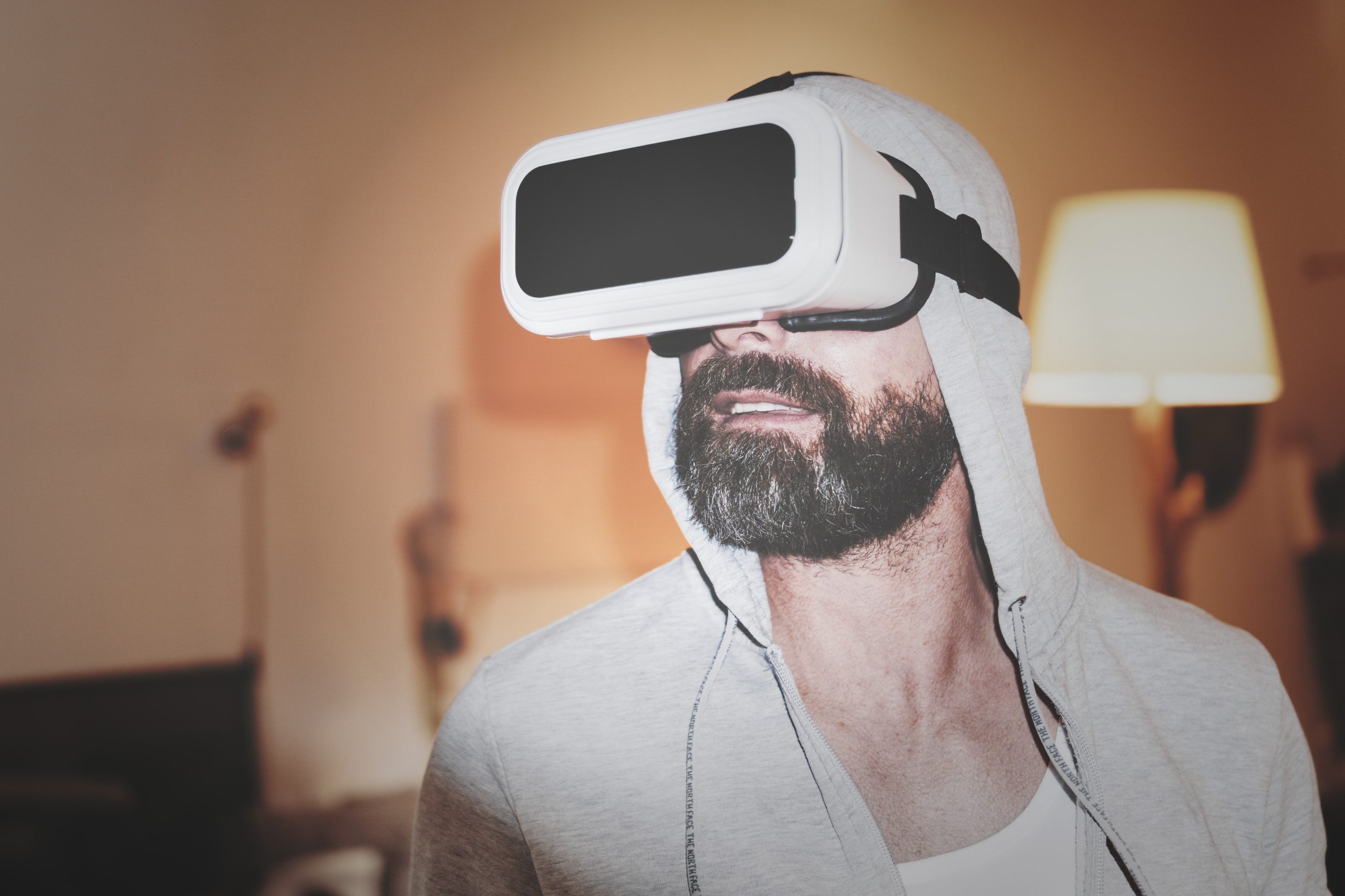
We live in a world that’s changing rapidly, driven by technology and shifting social structures.
Companies are under increasing pressure to analyse consumer behaviour and innovate strategies to keep up and continue to attract, acquire and retain customers.
Adapting means crafting a unique brand personality that will reinforce its positive image in the minds of its customers, and ultimately stand out from the competition and reduce churn.
The analysis of consumer trends, behaviour and preferences are driven by the growing population of Millennials and Generation Z (those born after 1997) — both making up the largest group of global consumers.
For companies and brands crafting their strategies between now and the next ten years, it is important to note that the collective similarities and expectations of these two groups will have more impact on the overall retail landscape, than their differences.
The essential principles of customer service remain timeless, but consumer expectations keep changing.
With the development of new technology, both millennials and generation Z, for example, are increasingly cashless, and prefer next-generation digital wallets, and value instant gratification, digital and augmented reality.
They want a friendlier, reliable and efficient service than before, and they want to feel like the product or service has been personalised for them. And with consumer behaviour changing at a rapid pace, businesses need to exploit various ways to stay up-to-date and be prepared for the fully connected future of commerce.
“We always overestimate the change that will occur in the next two years and underestimate the change that will occur in the next ten.” — Bill Gates.
Below we explore five hypotheses about the key shifts in consumer expectations and behaviour over the next ten years — and the strategic implications for consumer brands.
A shift from consumers to prosumers
Research conducted by Accenture, Barkley and Jefferies gives a clear indication that modern consumers are becoming ‘prosumers’; meaning that they don’t simply ‘consume’ a brand’s product but have far more influence as the ’voices’ of those products and services.
Simply put, the term prosumer has shifted from what it has always known to be, the ‘professional consumer’… to meaning ‘product and brand advocate’.
In years to come, we will continue to witness the growth in significance that prosumers have; impacting the success or failure of companies, products, and brands, particularly through their involvement on the social web.
Prosumers — bloggers, microbloggers, social networking participants, and so on; will continue to take charge, drive demand, and influence people around the world.
It is the ‘love’ for the brand that is the secret to success, and this is precisely how so many companies and marketers have developed relationships and will continue to connect with prosumers with online influence and get them talking about and advocating for their brand.
What makes a prosumer love a brand will vary with each individual, each occasion and each interaction; hence having an authentic brand purpose is essential.
More personalised products and services
This will become the major driver of consumerism in years to come.
Consumers increasingly demand ‘bespoke’ experiences that are tailored to their individual wants and needs, and are willing to pay more when brands deliver customised recommendations.
Jamie Thorpe, commercial director of customer experience at Kantar TNS, notes this trend aligns with one of the core concepts of CX (customer experience): “because customers believe that brands have access to their data, the power has somewhat shifted to the customer. They expect brands to give them relevant and timely promotions, products, or services based on their personalised data. In other words, consumers expect brands to know them.”
According to Segment’s 2017 State of Personalization Report, 71% of customers find experiences they deem ‘impersonal‘ frustrating, while the practice of personalisation spurs repeated buyers and loyalty.
As businesses get better at personalisation and demonstrating the value consumers can get from their personal data being used, companies should expect this number to get even larger.
Repeated purchases and customer loyalty has been key to the E-commerce giant, Amazon. Through the use of cookies, tracks and analyses of each individual click, they provide more personalisation and tailored services to each individual across the entire customer journey.
Amazon uses browsing data to make relevant recommendations and predict hot trends, then competes on value rather than price, which improves their overall customer experience.
Growing interest in a company’s culture
A survey by Deloitte’s Global Human Capital Trends states that… “of more than 7,000 executives in 130 countries revealed that only 28 percent of them “believe they understand their culture well, while only 19 percent believe they have the ‘right culture’.
While business growth may be stagnated if a company doesn’t have the ability to collect predictive data about their customers, technology alone isn’t the biggest motivating factor in providing consumer experiences that lead to financial growth, more market share, recognition, etc.
Customer experience needs to be an integral part of a company’s culture as it provides a sense of unity with the brand — the use of technology and consumer data will only be effective if it’s part of a broader effort to improve the consumer experience and meet expectations at every level.
Stronger preference for augmented reality
Most consumers value exciting shopping experiences and supreme service.
The majority of their purchases are emotionally driven, hence a positive experience with a brand is necessary.
Being able to see how a product fits into your life, how it feels and how it can be used is now possible; and some companies, such as furniture retailer IKEA have already put experiential augmented reality into play.
IKEA is a good example of how they use AR as a way of letting people see what their living space could look like.
The brand has fundamentally changed the buying experience and continues to be a hit with customers — through layered AR, you can see how a table or couch will look like in a part of the house, without actually purchasing them.
Such simple augmented reality experiences will most likely continue to convert viewers into buying customers.
Total transparency and trust
Gaining consumers’ confidence will continue to be a key theme for the future, and companies will have to work harder to be noticed and trusted.
Earning trust continuously through openness, product traceability, consistent quality services and performance, and sheer transparency.
Research has also shown that the more honest and transparent a company is about their dealings; the more people are willing to forgive if mistakes should happen.
Consumers expect companies to be more engaged and relatable — and to ensure that brand promise and customer experience are totally aligned with performance.
In fact, the brand’s very future depends on building an authentic relationship with customers and demonstrating respect and sincerity by giving them complete access to every stage of their brand journey.
Conclusion
Imagine the world ten years ago, when the way we shopped for products was drastically different from the way we shop today — and consumers were at the mercy of large corporations. Consumer behaviour and experiences have changed fundamentally over the last couple of years to take back control of the buying journey, and it’s increasingly obvious that this is forcing brands across all verticals to adjust and confirm to the shifting interactive world.
Whether they are searching for a specific service, considering buying a product or are looking to make a repeat purchase; customers are all looking for relevant communication that relates directly to individual wants and needs; and this will continue to be a growing theme for years to come. In the new digital space, building modern consumer brand value requires a deep assessment on how consumers process information; and understanding what’s important to them, what makes them love a brand and how to actively engage and build a relationship with them.
To succeed in harnessing technology and creating unique personalised experiences to the consumer of the future and building brand value in a fast-moving marketplace, companies will need to be highly agile and able to operate without boundaries. Knowing how, where and when to connect with consumers will be the secret to future success and growth.









